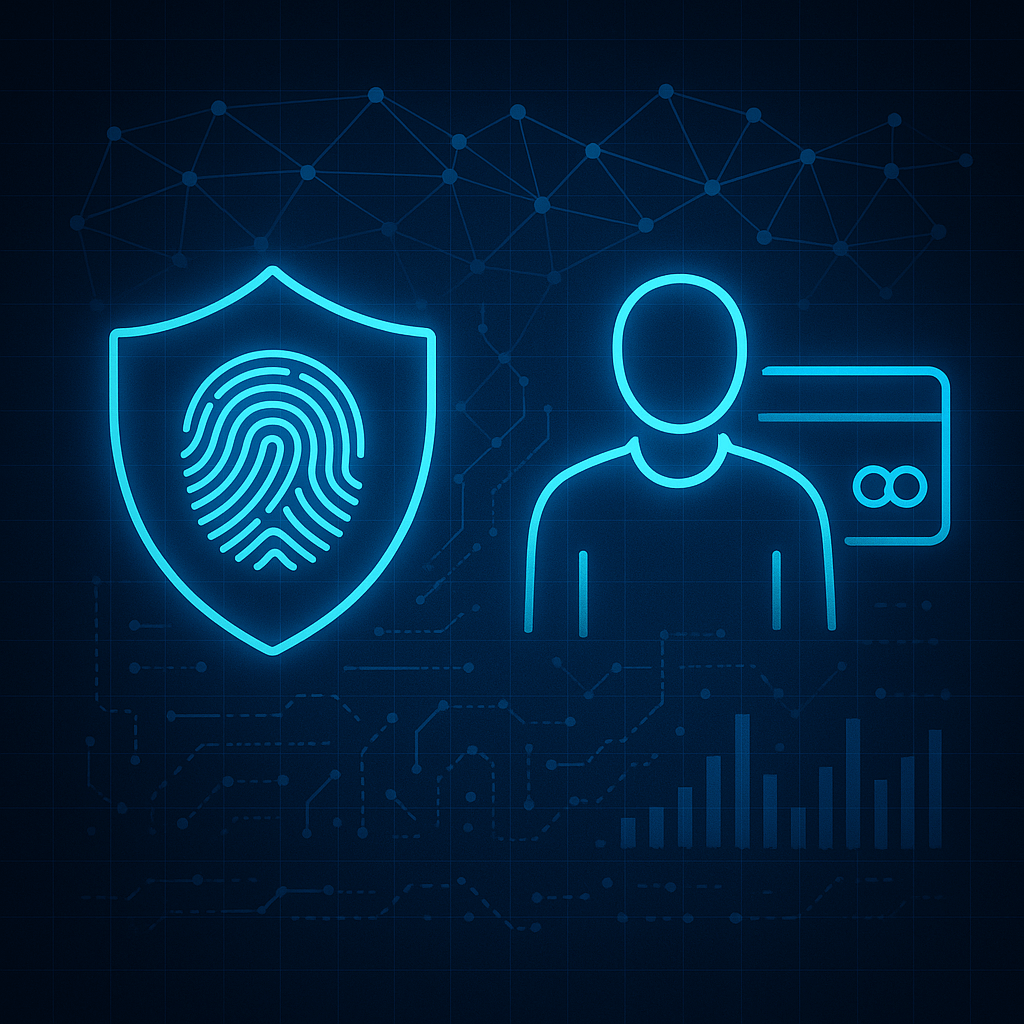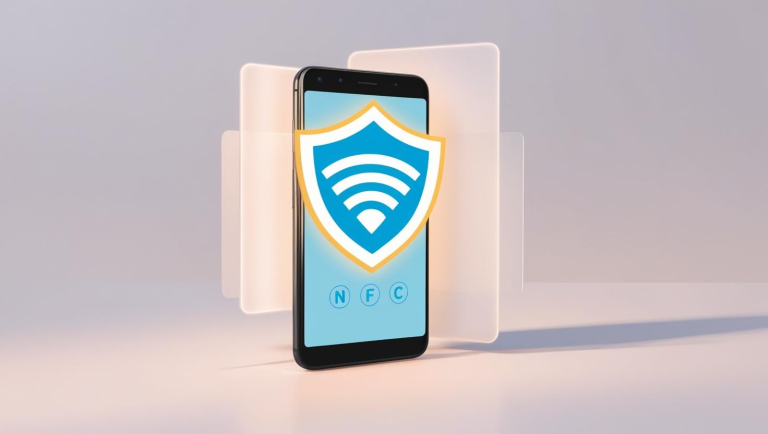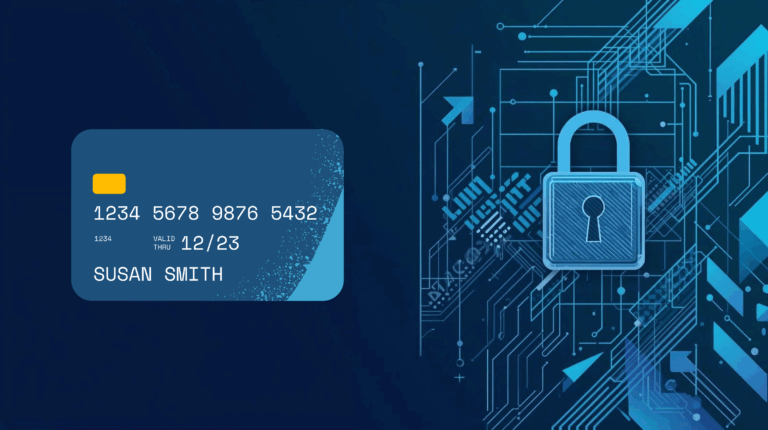Insider Threats in Hybrid Work: Using Behavior Analytics and Zero Trust to Safeguard Payment Data

As hybrid work becomes the norm, the boundaries of corporate networks have all but disappeared. Employees are logging in from home offices, coworking spaces, and public Wi-Fi networks. While this new model offers flexibility and productivity gains, it has also made payment data protection more complex than ever. The biggest threats to data security are no longer always external hackers but the people and systems already inside your organization.
Insider threats take many forms. Sometimes they’re intentional, like a disgruntled employee leaking sensitive information before leaving. Other times they’re accidental, like an employee misconfiguring a cloud share that exposes customer payment data to the internet. Both scenarios have the potential to cause devastating financial and reputational damage, and both are amplified by the realities of hybrid work. The traditional security perimeter has dissolved, making visibility and control far more difficult.
In hybrid environments, employees often use personal devices and cloud tools that IT departments can’t fully monitor. Data moves between managed and unmanaged systems with limited oversight, and access permissions are frequently overextended. A marketing manager might still have database access long after their campaign ends. A contractor could retain credentials even after their project is complete. Over time, small oversights like these accumulate, creating a network full of invisible vulnerabilities.
The financial impact of insider incidents continues to grow year over year, and much of it comes down to one factor: visibility. Many organizations simply cannot see what is happening inside their environment until after the damage is done. That is where behavior analytics and zero trust architectures change the game.
Behavior analytics shifts the focus from perimeter defense to activity analysis. Instead of relying on static rules or known threat signatures, it learns what normal looks like for each user and system. When something deviates from that baseline, it raises a flag. If an employee who typically works from Philadelphia during standard hours suddenly downloads large volumes of payment data from a foreign IP in the middle of the night, behavior analytics will detect it. If a user begins accessing systems they have never used before or transferring unusually large files, the system will recognize that anomaly and respond accordingly.
This approach transforms insider threat detection from reactive to predictive. By continuously analyzing patterns of behavior, organizations can spot unusual activity early, investigate it in context, and contain potential breaches before they escalate. The key to success lies in integration. The more unified your data sources are—cloud logs, endpoint activity, and access records—the more accurate your behavioral models become. Over time, these systems learn and refine themselves, improving accuracy and reducing false positives.
While behavior analytics focuses on detection, zero trust focuses on prevention. It operates under a simple but essential principle: never trust and always verify. In a zero trust environment, every request for access must be authenticated, authorized, and continuously validated. No one—whether an employee, partner, or system—is granted access purely because they are inside the network.
This model reduces the damage an insider can cause by limiting access to the absolute minimum required for their role. Instead of blanket permissions, access is granted for specific resources, at specific times, and only under approved conditions. If a user’s behavior changes or a device falls out of compliance, their access is immediately re-evaluated or revoked. Zero trust creates an environment where every connection is questioned, and every action is contextualized.
When behavior analytics and zero trust are combined, they create a feedback loop of visibility and control. Behavior analytics identifies suspicious actions, while zero trust policies enforce immediate restrictions. For instance, if a user begins exporting large volumes of payment data, behavior analytics can trigger the zero trust system to demand multifactor authentication or suspend access until a review is complete. This real-time collaboration between monitoring and enforcement keeps threats contained before data leaves your environment.
Of course, technology alone isn’t enough. Insider threat management also depends on culture. Employees need to understand why monitoring exists and how their actions affect overall security. Regular training should reinforce safe data handling practices, and leadership should make it clear that protecting payment information is a shared responsibility. Access reviews should occur frequently, and offboarding processes must include immediate revocation of credentials and audits of recent activity. A transparent, security-aware culture prevents many insider incidents before they begin.
Hybrid work is here to stay, and so is the risk that comes with it. Misconfigured cloud storage, excessive permissions, and human frustration will continue to open doors for data exposure. But organizations that integrate behavior analytics and zero trust architectures are no longer fighting blind. They are detecting, learning, and responding faster than ever before.
By combining intelligent monitoring with rigorous access control, you can transform insider risk management from an afterthought into a strategic advantage. The goal isn’t to eliminate trust but to verify it constantly—and in doing so, to ensure that your payment data stays protected wherever your employees choose to work.





